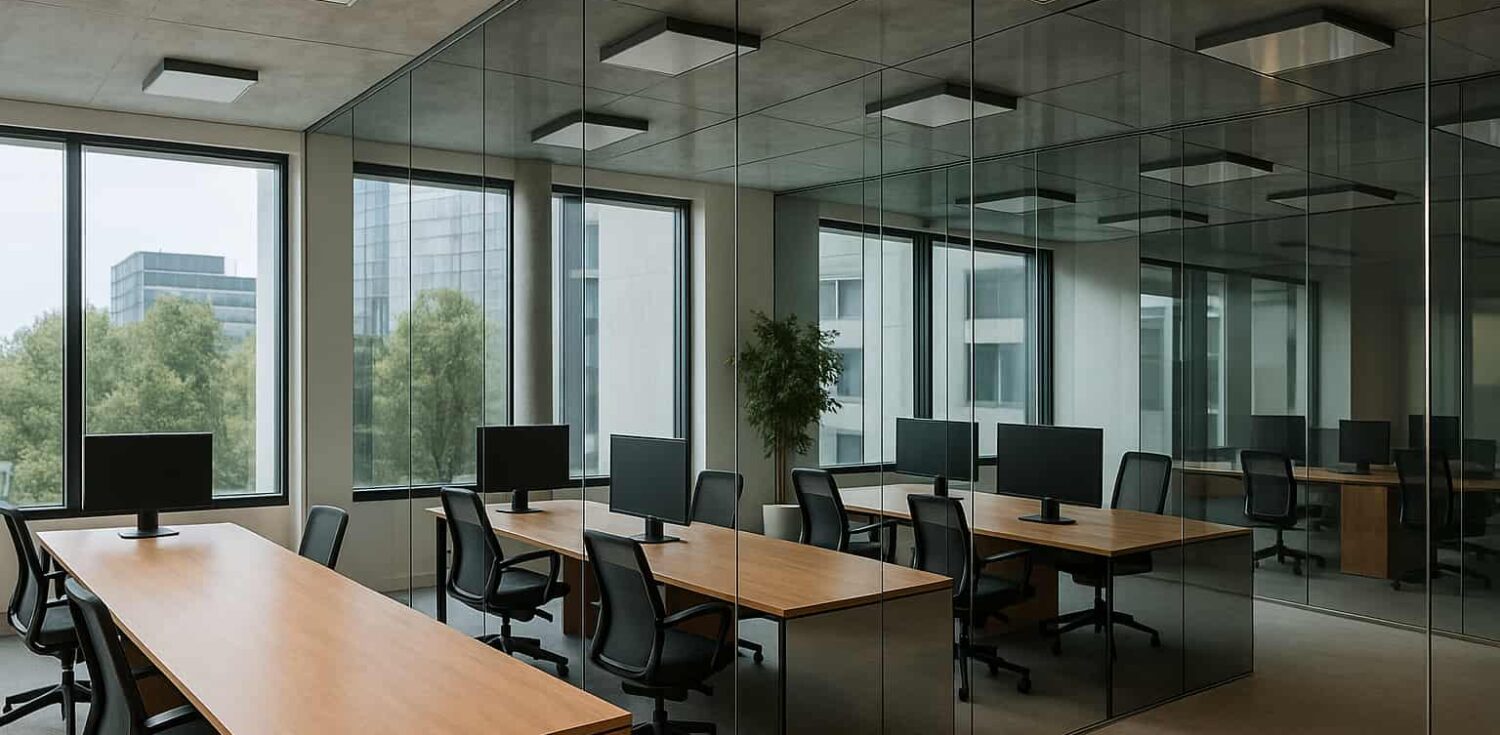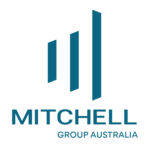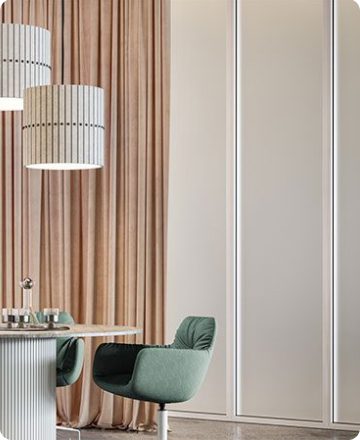Mirror acrylic sheets have become a popular design element in modern architecture and interiors. Offering the visual impact of glass mirrors without the weight or fragility, these versatile panels allow architects and designers to create reflective surfaces that are lightweight, safe and visually striking.
Whether you’re working on a retail fitout, hospitality venue or a feature installation, mirror acrylic provides an adaptable solution that delivers both form and function. In this article, we explore how mirror acrylic is being used across architectural projects, and what to consider when specifying it.
What Are Mirror Acrylic Sheets?
Mirror acrylic is a reflective sheet made from high-quality acrylic (PMMA), manufactured with a reflective film applied to one side. The result is a mirror-like finish that mimics the clarity of traditional glass mirrors but is significantly lighter, shatter-resistant and easier to work with.
Common applications include decorative panels, cladding, display elements, and signage. It is especially useful in environments where safety and weight are a concern, such as ceiling installations or public areas.
For design flexibility, mirror acrylic is available in a wide range of colours, finishes, and thicknesses. Mitchell Group supplies mirror and specialty acrylic panels suitable for architectural use, including clear silver, bronze, gold and coloured variants.
Benefits of Mirror Acrylic in Architectural Projects
Lightweight and Easy to Install
Compared to glass, mirror acrylic is up to 50 percent lighter. This makes it ideal for overhead installations or structures where weight load is limited. Panels can be mounted with standard adhesives or mechanical fixings, and are easy to transport, handle and fabricate on-site.
Safe and Shatter-Resistant
Unlike glass mirrors, acrylic mirror sheets will not splinter or shatter if damaged. This makes them a safer alternative for high-traffic environments, hospitality venues, education spaces or public transport infrastructure.
Visual Depth and Design Impact
The reflective quality of mirror acrylic adds visual interest to any space. It can be used to create the illusion of space in small rooms, add drama to feature walls, or introduce symmetry and light bounce in minimalist settings. Colours like bronze or gold also add warmth and tone to interior design schemes.
Customisable and Fabrication-Friendly
Mirror acrylic sheets are compatible with CNC cutting, laser cutting and cut-to-size fabrication, making them highly adaptable for bespoke projects. Designers can incorporate complex patterns, curves, or branding directly into the panel.
Need a unique colour? Mitchell Group also offers bespoke colour matching for projects requiring a custom aesthetic.
Popular Applications in Architecture and Interior Design
Mirror acrylic can be specified for a wide range of architectural and commercial applications:
- Retail interiors and shopfitting
Used for feature walls, plinths, product displays and change room panelling. Visit our shopfitting applications page to learn more. - Hospitality fitouts
Adds ambience and light bounce in restaurants, bars and hotel lobbies. - Corporate and office interiors
Ideal for reception desks, lift lobbies, acoustic features and wayfinding. - Decorative wall panels and ceilings
Used as a lightweight, reflective alternative to traditional materials. - Display and exhibition structures
Easy to fabricate into complex shapes for temporary or permanent installations. - Public spaces and infrastructure
Adds depth and light in transport hubs or cultural venues, while maintaining safety standards.
For inspiration, view architectural projects such as The Reflection Room or the Perspex Playing Around Outside installation, which demonstrate the visual and structural potential of acrylic materials.
Tips for Working with Mirror Acrylic
To get the best results from mirror acrylic, keep the following considerations in mind:
- Thermal expansion: Acrylic expands and contracts with temperature. Leave expansion gaps if the panel is being fixed in place.
- Fixing methods: Use suitable adhesives or mounting systems to avoid stress points or distortion.
- Protective film: Panels are supplied with a protective film on the mirror side to prevent scratching during installation.
- Cutting and edge finishing: For clean, professional results, use CNC routing or laser cutting for fabrication.
For larger-scale commercial jobs, Mitchell Group offers design and manufacturing services to support architects and fabricators from concept through to installation.
Sustainability and Durability
Modern mirror acrylic sheets are engineered for long-term clarity and UV stability. They are suitable for indoor and some outdoor use, depending on the specification. Many mirror acrylic products are also recyclable, aligning with sustainability goals for low-waste building materials.
To learn more about Mitchell Group’s commitment to material performance and environmental standards, visit our sustainability and environmental accreditations pages.
Key Takeaways
- Mirror acrylic is a safe, lightweight alternative to glass mirrors, suitable for architectural and interior design applications.
- It offers design versatility, customisability and visual impact, especially in commercial environments like retail, hospitality and public infrastructure.
- Easy to fabricate and install, it’s ideal for wall cladding, ceilings, signage and display features.
- Mitchell Group supplies a wide range of mirror and specialty acrylic panels, along with full-service fabrication support.
Talk to Our Team
Whether you’re specifying for a fitout, refurbishment or large-scale architectural project, Mitchell Group can help with samples, guidance and fabrication-ready supply.
Talk to our team today to discuss your next project.




